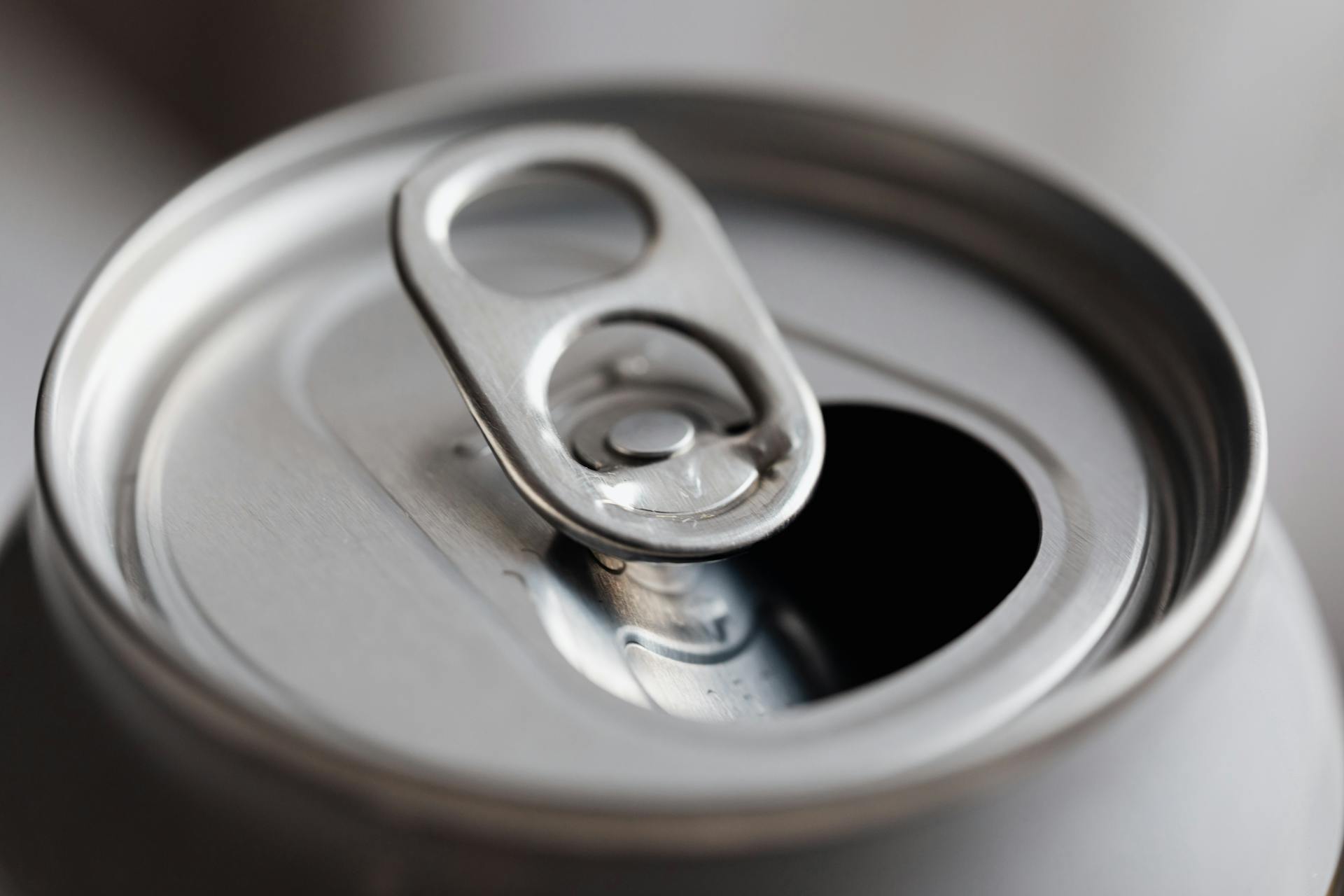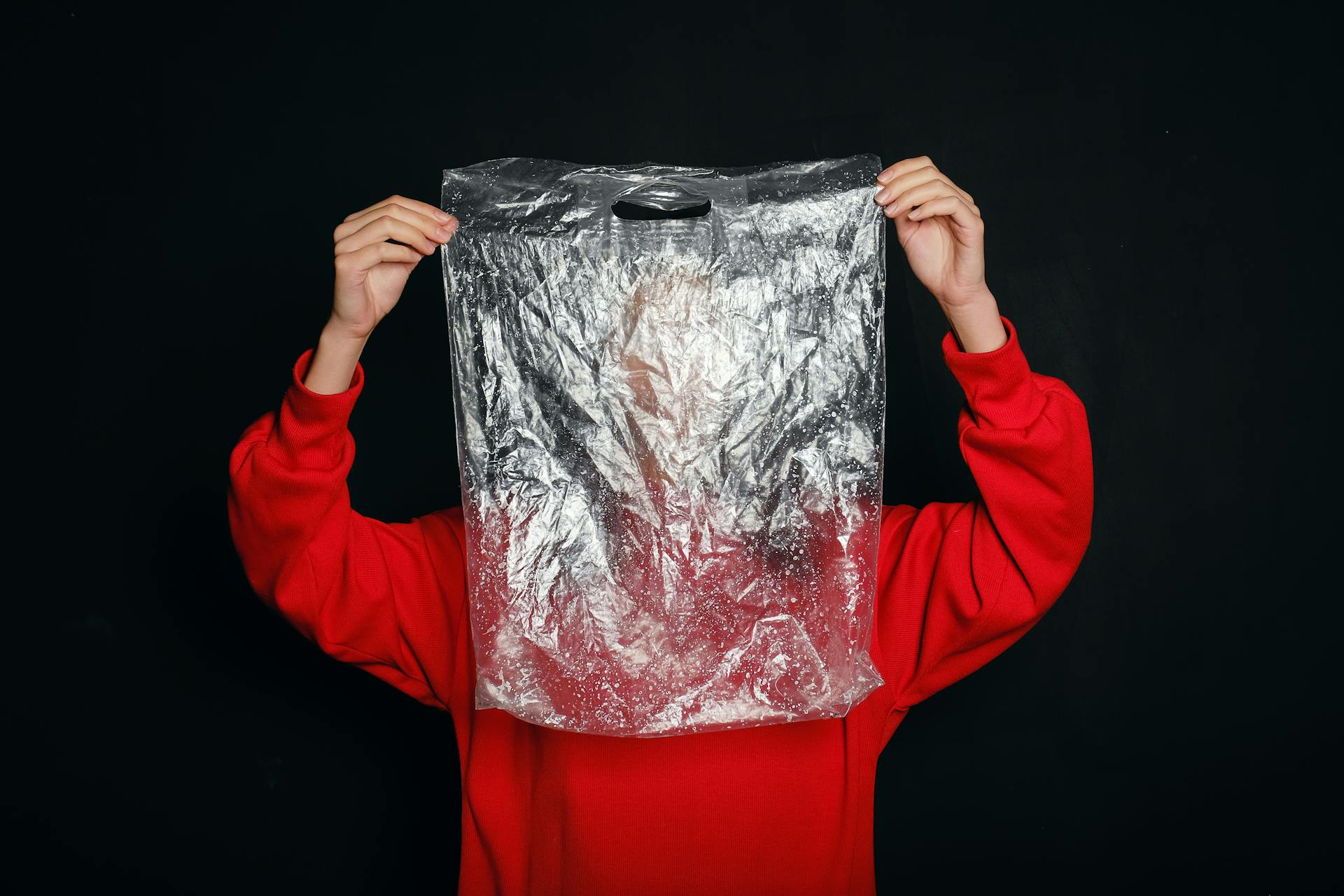
At an early age, we are taught to recycle and reduce waste. However, there's a poor understanding of what plastics can actually be recycled. This lack of knowledge often leads to confusion and frustration when it comes to plastic recycling. Most people assume that all plastic products nearby can be recycled, but the truth is far from it.
Plastic recycling symbol numbers explained; these symbols actually indicate the type of plastic used in common items such as plastic bags, milk jugs, water bottles and other plastic products. The numbers range from 1-7, and each number represents a different type of plastic resin. Knowing these symbols is crucial because only certain types of plastics can be recycled together.
In this article, we will explore the meaning behind these recycling symbols and numbers. We will also look at how these symbols have helped in promoting sustainable living practices and reducing environmental pollution caused by plastics. So if you're someone who wants to know more about the intricacies of plastic recycling or simply wants to make informed choices about your daily consumption habits, then keep reading!
Suggestion: Cardboard Box Recycling
Plastic Recycling Symbol & Number Explained

Have you ever wondered what those little symbols on your plastic products mean? The small triangle made up of arrows with a number inside is called the recycling symbol, and it's known as the resin code. This code tells us what type of plastic the product is made from and can help to determine if it can be recycled or not. Not all plastics are created equal, though, so make sure you know which ones can be recycled equally.
The resin code doesn't necessarily mean that a product will be accepted by your local recycling provider. For example, while number 1 (PET) and number 2 (HDPE) are commonly accepted in curbside bins in many United States municipalities along with similar recyclables, there are important differences between them that can affect their recyclability. It's essential to avoid contaminating your local recycling stream; find out which plastics are accepted by your local recycling entity or talk to popular retailers for guidance on properly recycling.
When placing items into your curbside bin or taking them to a drop-off location, it's essential to pay attention to the resin codes on each item. While some codes may indicate that an item is recyclable, others may indicate that it should go straight into the trash. By understanding what each code means and knowing which materials are accepted by your local recycling stream, we can all do our part in properly recycling plastic-based products.
Discover more: What Old Plastic Tupperware Containers
Symbol #4: LDPE (Sometimes Recyclable)
LDPE, or low-density polyethylene, is a transparent plastic you'll find in many everyday products. From shrink wrap to sandwich bags and produce bags, to squeezable ketchup bottles, LDPE is versatile and commonly used in packaging. It can also make grocery bags, bags holding newspapers, and even sleeves for sliced bread loaves.
LDPE plastics are oil-resistant, chemical-resistant, and flexible - making them ideal for a wide range of applications. These plastics are used as liners in shipping envelopes and plastic lumber for construction projects. However, not all curbside recycling bins or recycling equipment can accept LDPE plastic. So it's important to check with your local grocery store or recycling center before throwing it away.
If your curbside bin doesn't accept LDPE plastic, don't send it to the landfill just yet! There are still ways to recycle it. You can bring it to a recycling check where they will take care of the rest. Or better yet, consider reusing the material yourself by making mesh reusable shopping bags or producing bags from reusable wraps made from LDPE plastics. With just a little creativity, we can reduce our waste and help save the planet one piece at a time!
For more insights, see: Can You Recycle Plastic Bags
The Significance of Plastic Recycling: A Must-Know Fact
Plastic recycling is crucial to our environment because plastic takes an astronomical amount of time compared to nature's polluting materials. For instance, it can take more than 1000 years for a plastic bottle to decompose, and when they do, they may end up in storm drains eventually polluting the oceans. According to oceans experts, if we don't make a change in our recycling habits, we may face a bleak future where we swim with plastics rather than fish.
Processing raw materials into new products requires much more energy and releases more greenhouse gas emissions than using recycled materials. Therefore, the larger scale of recycled products requires recycling instead of making new ones from scratch. The recycling industry creates jobs and contributes to commerce foundation circularity. Thanks to advanced recently, recyclable items such as bottles and containers are now being turned into new products such as clothing.
To recycle plastic properly, proper sorting is essential; otherwise, the recyclable items could end up in landfills. In a circular economy, every product's life cycle ends with peoples' recovery and use as raw material for another product. So if everyone recycles their plastic waste correctly, they will be contributing to the global effort towards sustainability while also supporting the economy through job creation in the recycling industry.
Intriguing read: Are Trash Bags Recyclable
The Primary Symbol for Recyclable Plastic: PET or PETE

PET, short for polyethylene terephthalate, is a common plastic used to make bottles for soda, water, and other popular food items. It is also used to make cooking oil containers, plastic peanut butter jars, yogurt containers, and butter tub lids. Due to its popularity in packaging, it is important for the local community to know how to properly recycle PET or PETE products.
When it comes to recycling PET bottles, they are typically thrown into the blue bin with other recyclables. However, it's important to note that not all recycling equipment can process large or small wide-mouth bottles and bottle caps must be twisted back onto the bottle to ensure they are properly recycled. The original contents of the bottle should also be emptied before placing it in the recycling bin.
In many states, there is a bottle deposit program known as the Bottle Bill. This incentivizes recycling by offering a small refund when individuals return their plastic bottles to designated Bottle Bill Depots. The Bottle Bill Code varies by state but can be found in the Bottle Bill Resource Guide for each respective state. Knowing how to properly recycle plastics like PET or PETE can greatly benefit both our environment and local communities.
Concluding Ideas About Plastic Recycling Signs & Codes
In conclusion, understanding the plastic recycling signs and codes is crucial in knowing what plastics can be recycled. However, it's important to note that we should avoid single-use plastics as much as possible. Simple behavior changes like bringing reusable bags to the grocery store, refusing plastic straws in our iced coffee, and purchasing items packaged in plastic-free alternatives can significantly reduce our personal footprint.
Moreover, companies are realizing the impact of their environmental footprint and are now offering package-free options for common household items. Websites like Package Free Shop, Grove Collaborative, and Thrive Market offer guides on how to reduce plastic use in our daily lives. We can also reduce our waste by practicing proper recycling etiquette and following related content on EarthDay.org.
In addition to these efforts, we can also reduce our plastic use by incorporating earth-friendly habits into our daily hygiene routine. For example, showering with ocean-friendly products or using a bamboo toothbrush can make a significant impact on the environment. Overall, this article helpful in providing insight into what plastics can be recycled and how we can all do our part in reducing plastic waste for a better future.
If this caught your attention, see: Recycled and Upcycled Clothing
Discover the Fascinating Process of Recycling Plastic
Recycling plastic is a crucial step in reducing waste and protecting our environment. There are two main ways to recycle plastic: mechanical recycling and chemical recycling. The former involves washing, grinding, and separating washed ground plastics into resin types, while the latter breaks down plastics into their basic components for reuse.
Mechanical recycling is the most common way to recycle plastic. Plastics are washed, ground into small chips or flakes, and then separated by resin type. HDPE plastic floats while heavier plastic sinks, making it easy to divide them. Non-HDPE plastic is usually made into lighter-weight products like clothing, carpeting, or car parts. The flakes are dried and melted down to create a uniform raw material that can be used for various things including cutting boards or durable outdoor decks.
Once the recycled plastics have been sorted and processed through the mechanical recycling process called blow molding, they can be used to create new plastic products such as benches made of plastic lumber or playground equipment. It’s amazing how common recyclable items like a simple recycling bin can be transformed from recycled materials! Check out our detailed infographic on the recycling process to learn more about this fascinating process of transforming waste into something useful!
Discover Symbol #6: The PS that can be Recycled
PS or polystyrene plastic is a type of plastic often used to make disposable coffee cups, packing peanuts, and coolers. It's also commonly found in to-go food containers and Styrofoam products. However, PS plastic is notoriously hard to recycle because it doesn't fully decompose in a landfill, making it exceptionally detrimental to the environment.
But did you know that some PS products can be recycled? PS containers and Styrofoam products are often errant to-go containers or trash check items that your local curbside program may not accept. However, many recycling facilities now accept these materials if they're properly sorted and prepared for processing.
To recycle PS plastic, start by checking if your local recycling program accepts it. If not, search for a private recycling facility that does. Make sure you clean and prepare the material by removing any excess food or liquid before placing it in the blue bin check for any specific instructions on how to properly sort the items. By doing so, you'll be helping reduce the amount of waste that ends up in landfills while also supporting sustainable practices in your community.
Readers also liked: Can You Recycle Styrofoam
Frequently Asked Questions
Is plastic film recyclable?
Yes, plastic film is recyclable, but it depends on the type of plastic and your local recycling program's guidelines. Check with your recycling center to see what types of plastic film they accept.
Is chucking plastic into the recycling bin a good idea?
No, chucking plastic into the recycling bin is not a good idea. Only certain types of plastic can be recycled and contamination from non-recyclable items can render an entire load unrecyclable.
What type of plastic is accepted in curbside recycling?
Common types of plastic accepted in curbside recycling include #1 and #2 plastics, such as water bottles and milk jugs. Check with your local recycling program for specific guidelines.
What is the safest plastic to recycle?
The safest plastic to recycle is PET or PETE (polyethylene terephthalate) which is commonly used for beverage bottles and food packaging. It is easy to recycle and widely accepted by recycling facilities.
Featured Images: pexels.com


